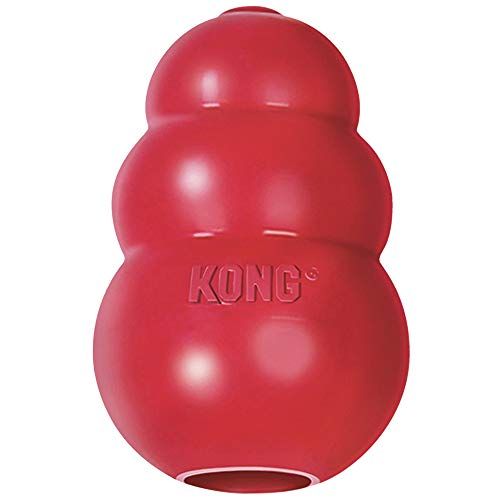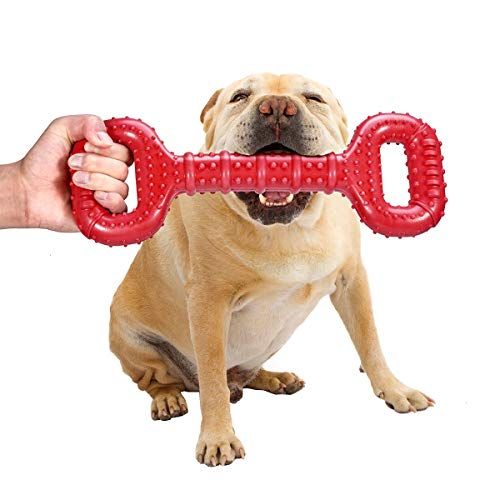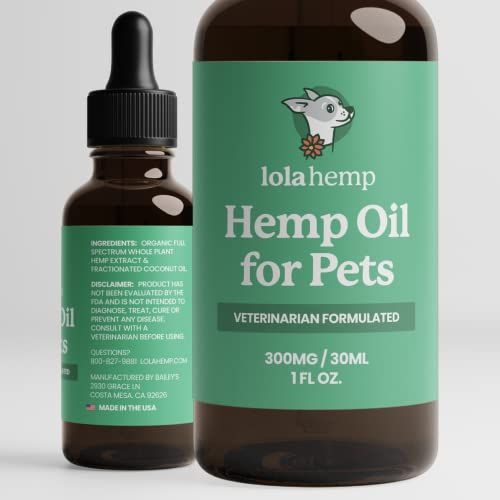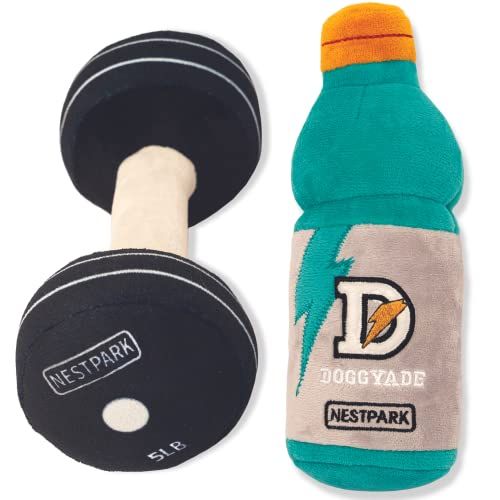Incorporating Grain into Your Dog's Diet: A Comprehensive Guide
With an ever-growing interest in pet nutrition, you may find yourself pondering, how can I add grain to my dog's diet? Grains are a valuable source of energy, packed with vitamins, minerals, and fiber that can help maintain your pet's overall health. But introducing grain into your dog's diet isn't as simple as merely adding a scoop of rice to their food. It demands understanding the nutritional needs of your dog, recognizing the suitable types of grain, and adjusting portion sizes carefully. This comprehensive guide will help you make informed decisions about adding grains to your dog's diet, ensuring a balanced, nutrient-rich meal plan for your furry companion.
Feeding your dog a well-rounded diet is crucial to their overall health and wellbeing. Many pet owners have started to consider adding grains to their dogs' meals, motivated by the desire to provide their furry friends with wholesome, natural ingredients. Grains are rich in carbohydrates, providing energy, and contain essential nutrients, such as fiber, proteins, and several vitamins and minerals. However, the process of incorporating grain into a dog's diet should be handled with care, since not all dogs respond to grains in the same way.
The first step in adding grain to your dog's diet is to understand the dietary needs of your dog. The nutritional requirements of dogs can vary based on their age, breed, health condition, and lifestyle. For instance, puppies, working dogs, or pregnant dogs may need more calories and nutrients compared to older or less active dogs. It's essential to understand these requirements before making any significant changes to your pet's diet. Consult with a veterinarian to understand the specific needs of your dog.
After understanding the dietary needs of your dog, it's time to select the right grains. Grains come in a wide variety, including but not limited to, rice, wheat, barley, oats, and quinoa. Each type of grain provides unique health benefits, and their selection should be based on your dog's specific dietary needs. For instance, brown rice and oats are excellent sources of dietary fiber and can help with digestion, while quinoa is rich in protein and can support muscle development.
Once you've selected the right grain for your dog, it's important to prepare it properly. Grains should always be cooked before being given to dogs, as raw grains can be difficult for them to digest. The cooking process breaks down the grain's structure, making it easier for your dog's digestive system to process. Be sure to thoroughly rinse the grains before cooking to remove any dirt or impurities.
Adding the grain to your dog's meals can be a simple process. Begin by substituting a small portion of your dog's regular food with the prepared grain. This allows you to observe how your dog reacts to the new addition without upsetting their digestive system. Gradually increase the amount of grain over time while observing your dog's behavior and stool quality. This gradual introduction will allow your dog's digestive system to adjust to the new diet.
Continue reading: How can I add grain to my dog's diet
Regularly monitoring your dog's health and behavior is an integral part of this process. Pay attention to any changes in their stool, weight, energy levels, and overall behavior. If you notice any adverse reactions, such as vomiting, diarrhea, or loss of appetite, you should stop adding the grain to their diet and consult a veterinarian.
Finally, it's important to remember that while grains can provide benefits to your dog's diet, they should not be the sole source of their nutrition. Dogs need a balanced diet that includes proteins, fats, and a variety of vegetables and fruits, in addition to grains.
Overall, the process of adding grain to your dog's diet is a delicate one. It requires a solid understanding of your dog's dietary needs, careful selection and preparation of grains, gradual introduction, and regular monitoring of your dog's health and behavior. With patience and care, you can successfully incorporate grains into your dog's diet and contribute to their overall health and wellbeing.
Remember, every dog is unique, and what works for one might not work for another. Always consult with a veterinarian before making any significant changes to your dog's diet. %product_cta:3%
This guide should serve as a starting point in your journey to providing a balanced, grain-inclusive diet for your dog. Happy feeding!















